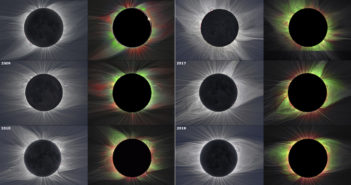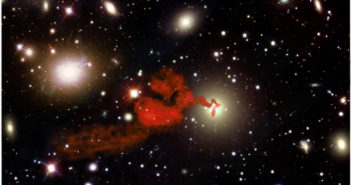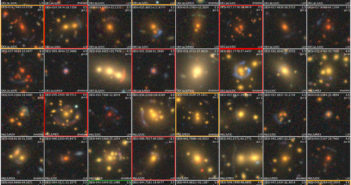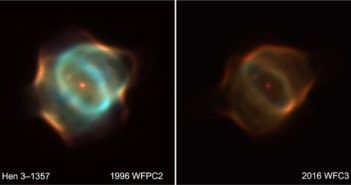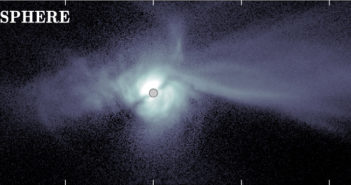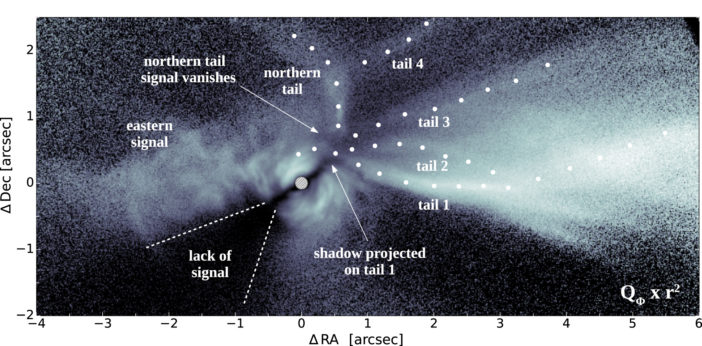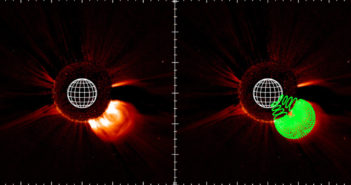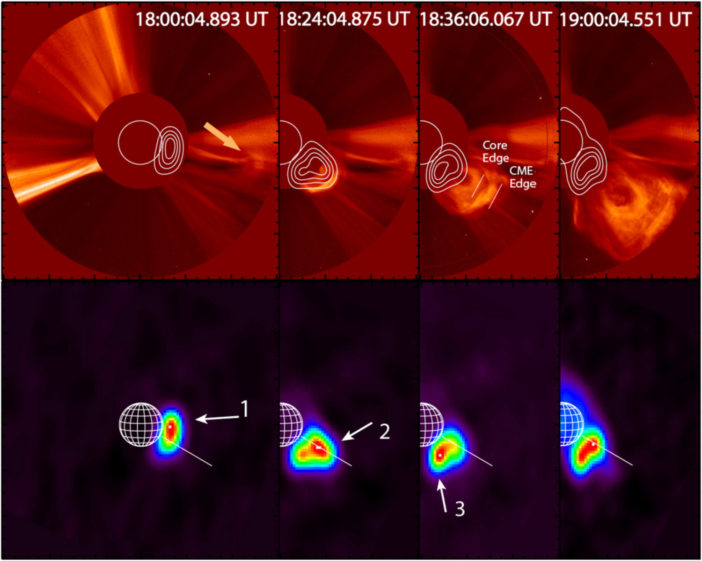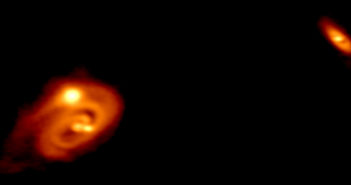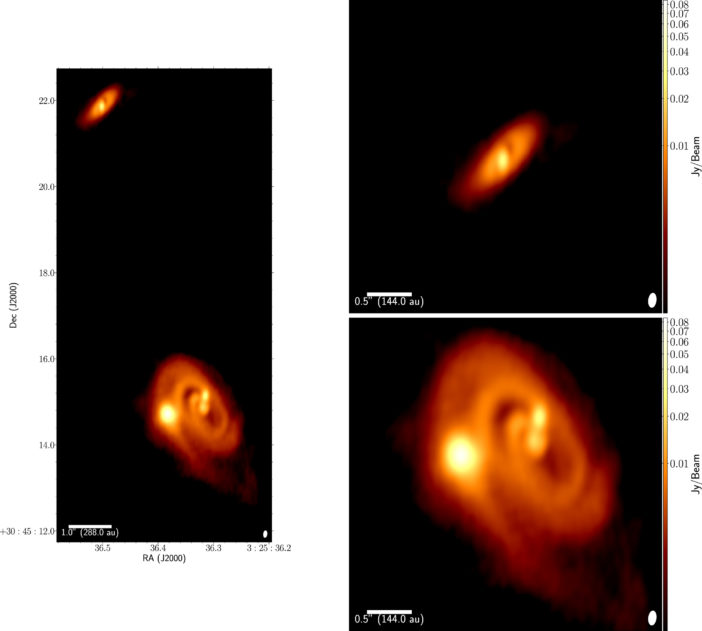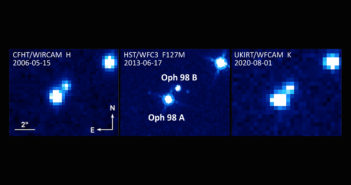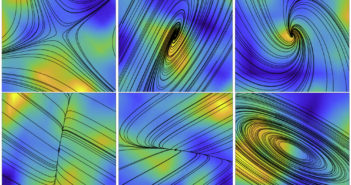
Featured Image: Identifying Reconnecting Fields
Magnetic reconnection — when magnetic fields rearrange themselves, breaking neighboring field lines and rejoining them in a new configuration — is a critical process in astrophysical plasmas. This rearrangement converts energy stored in the magnetic fields into kinetic and thermal energy, playing a major role in phenomena like solar flares or the Earth’s aurora. But reconnection is not yet well understood — especially when operating in three dimensions! In particular, it’s notoriously difficult to identify the sites where reconnection occurs in 3D. In a recent study, scientist Giovanni Lapenta (Space Science Institute; KU Leuven University, Belgium) presents a new indicator that can be used to detect reconnection sites in both observations and simulations of 3D plasmas. The images above, adapted from figures in the study, show the magnetic field configurations for six different probable reconnection sites identified via Lapenta’s process in a 3D simulation of a turbulent outflow. To learn more, check out the original article below.
Citation
“Detecting Reconnection Sites Using the Lorentz Transformations for Electromagnetic Fields,” Giovanni Lapenta 2021 ApJ 911 147. doi:10.3847/1538-4357/abeb74

